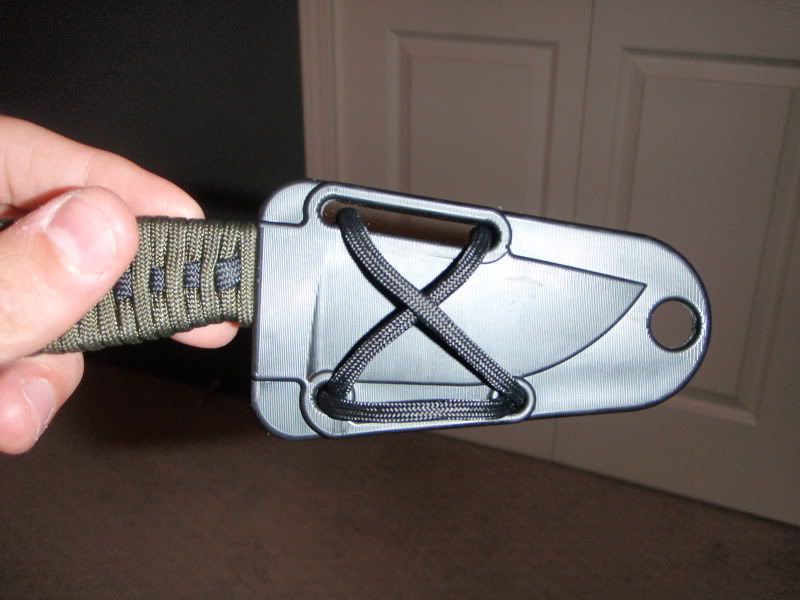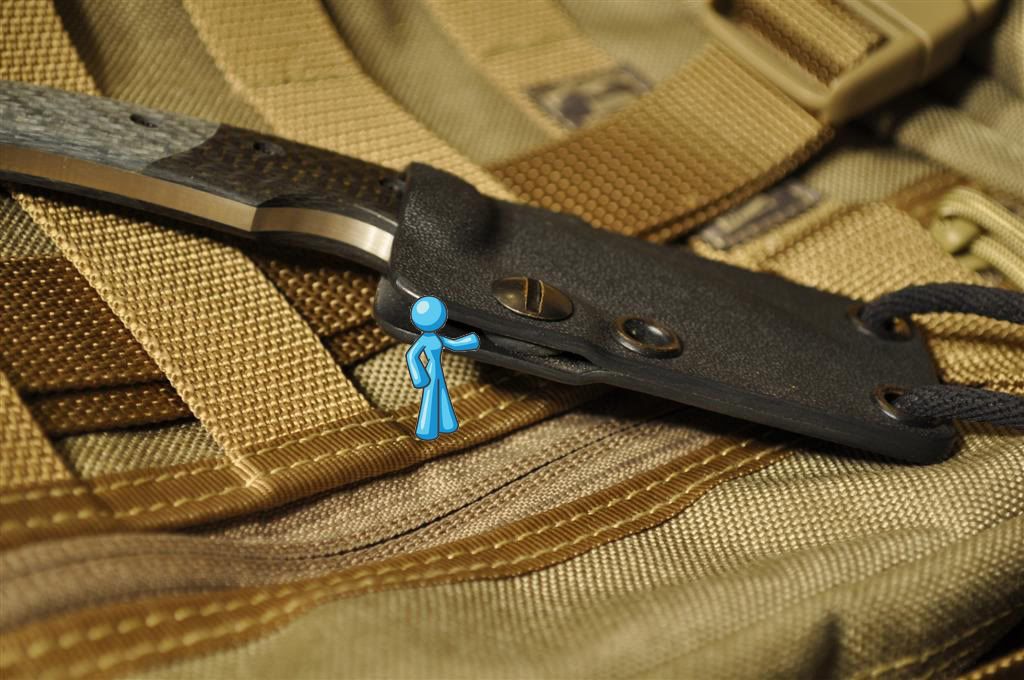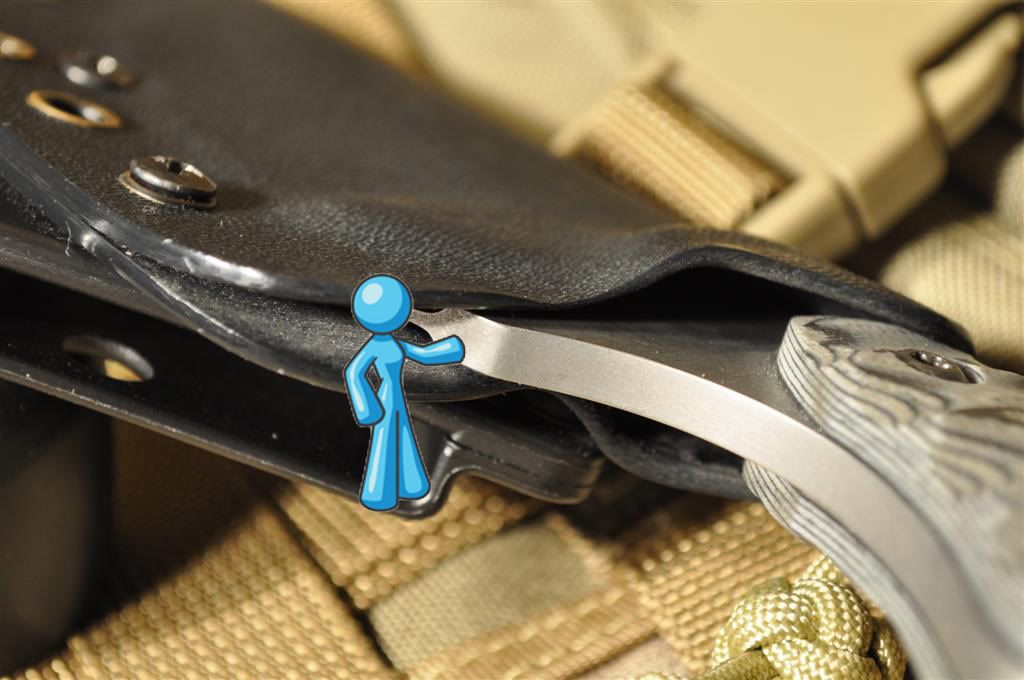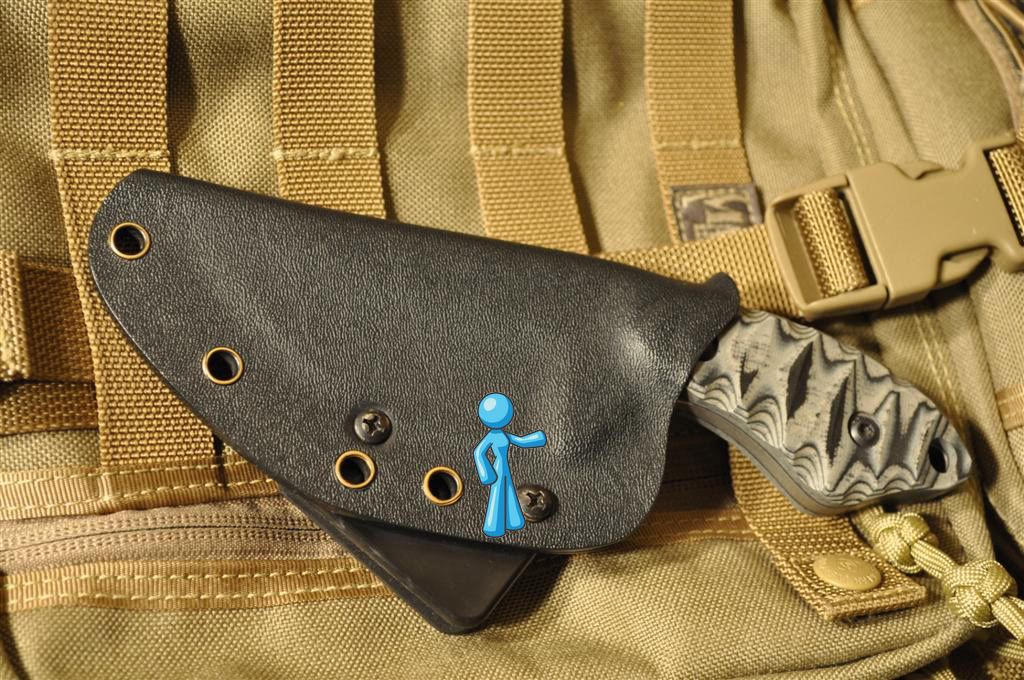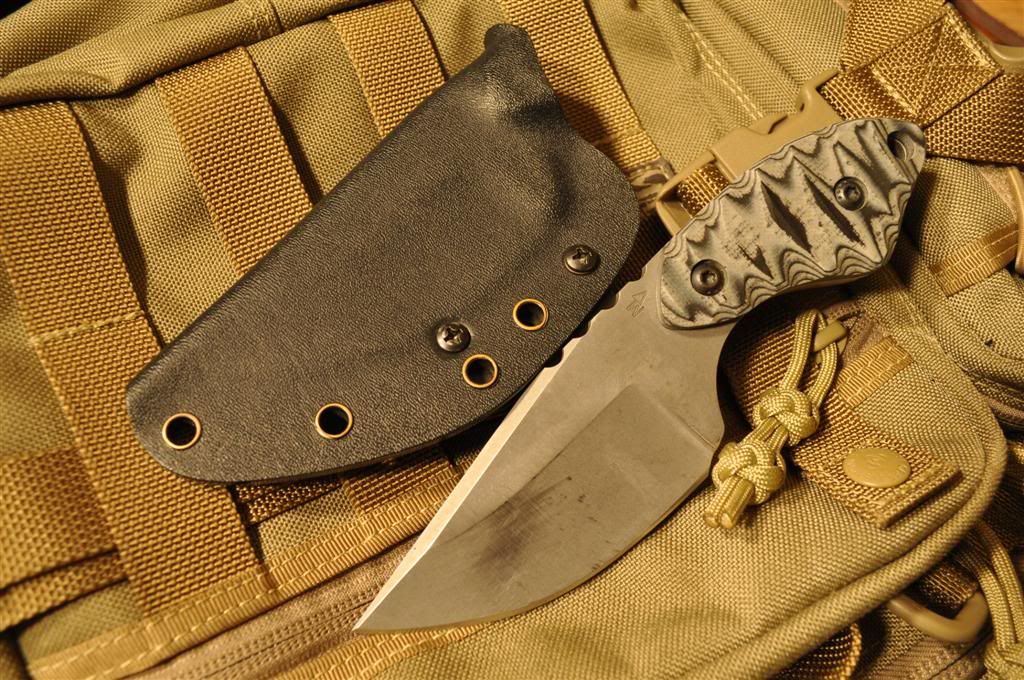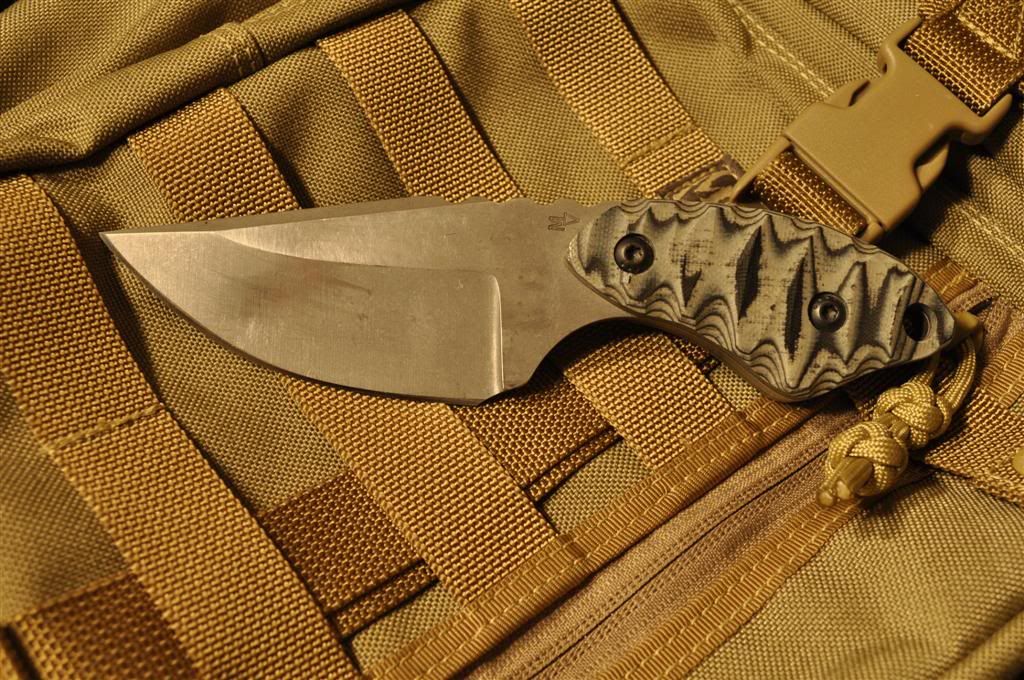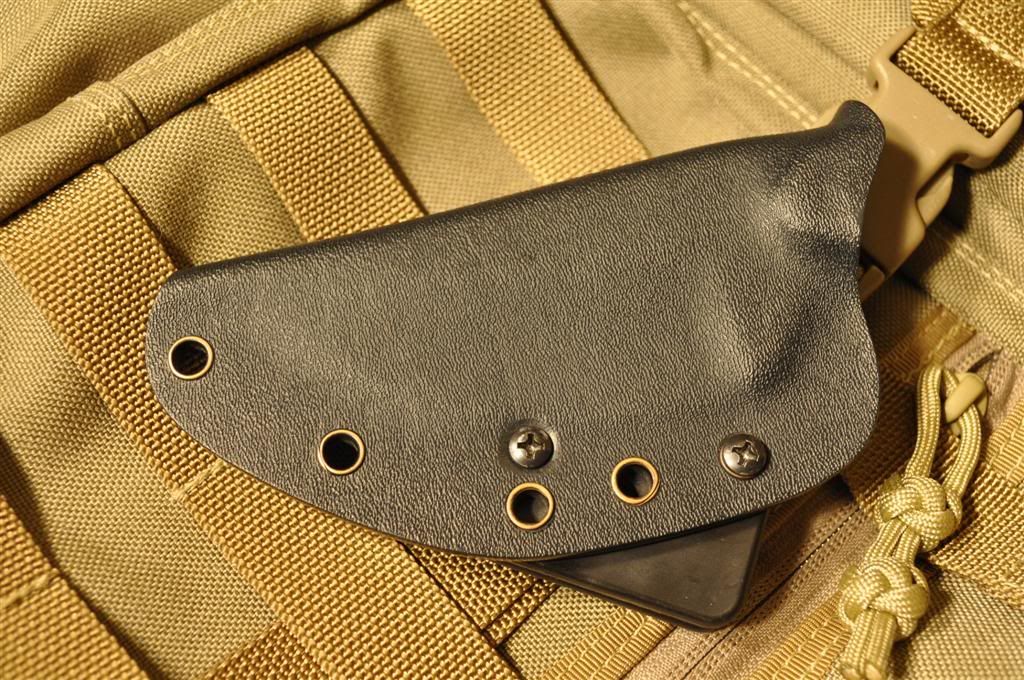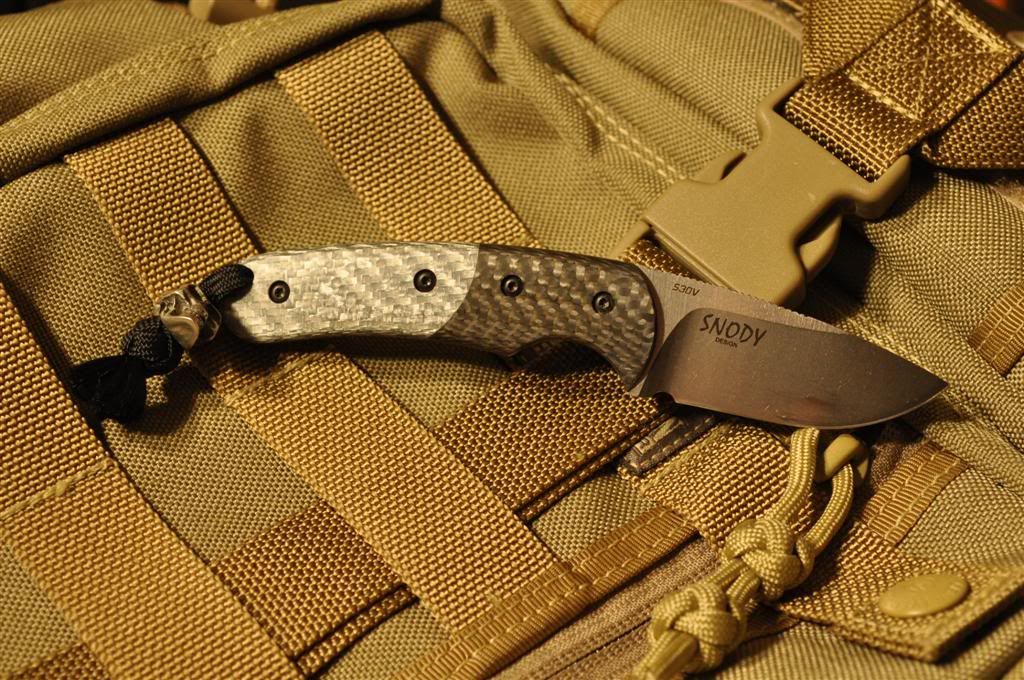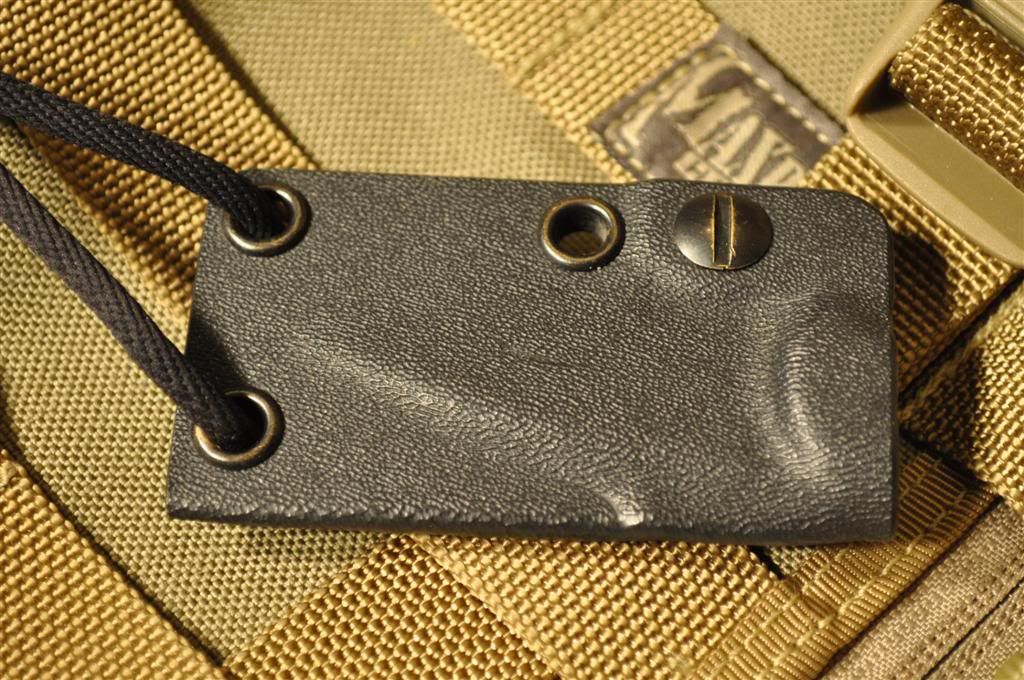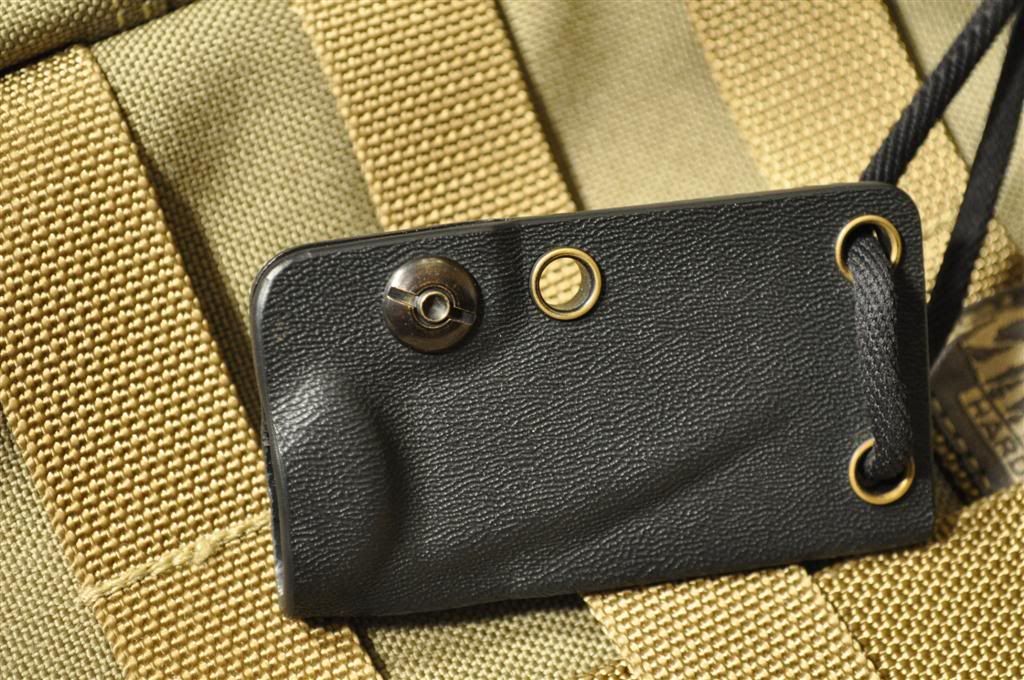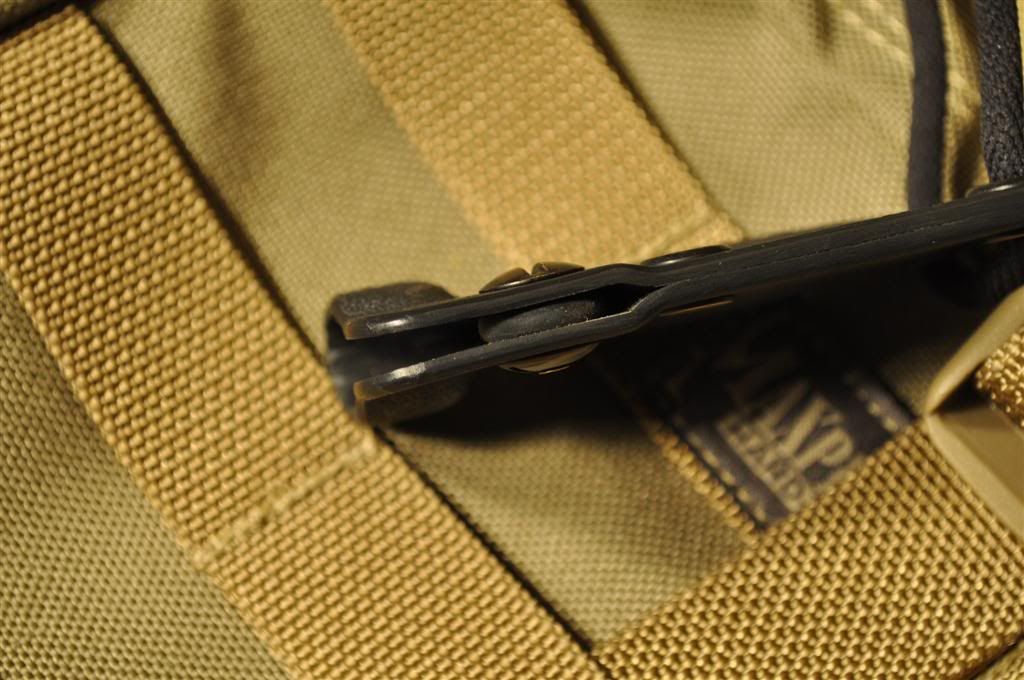R
RebelYell
Guest
Some sheaths I notice have the blade "snap" in and out allowing it to be essentially tossed around (if it needed to be) and the knife would not come out but at the same time not scratching the blade or breaking the sheath etc.
How is this done? I imagine you can make a small notch or hump at some point on the handle or blade to do this but I just dont know. Could someone enlighten me? Im going to make my first kydex sheath in the next week or so and would love to have this so I could carry it horizontally on my belt.
How is this done? I imagine you can make a small notch or hump at some point on the handle or blade to do this but I just dont know. Could someone enlighten me? Im going to make my first kydex sheath in the next week or so and would love to have this so I could carry it horizontally on my belt.

